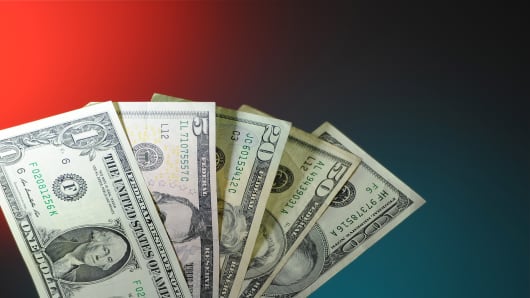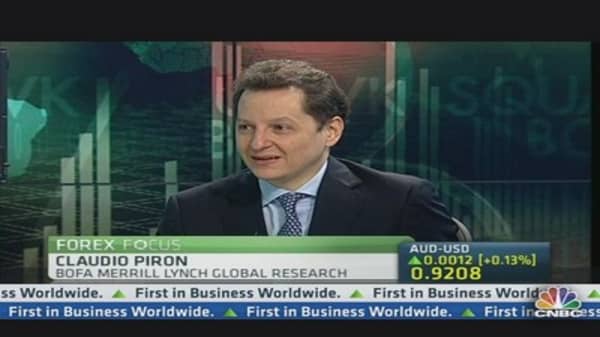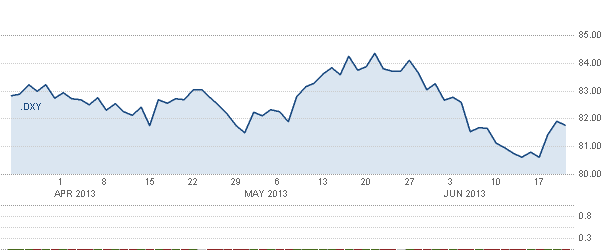It's hard to see what can put the brakes on a rally in the U.S. dollar now that the Federal Reserve has outlined when it might start taking back its aggressive monetary stimulus, currency strategists say.
"The dollar will have the upper hand for the time being at least," says Paul Mackel, the head of Asia currency research at HSBC in Hong Kong.
"We didn't get much of a respite after [Fed Chief Ben] Bernanke this week. Some were hoping for some soothing comments from him but it didn't happen, so this dollar upward pressure will continue," he added.
The dollar has soared against major currency counterparts and emerging market currencies alike since the Fed said on Wednesday that it could start unwinding stimulus for the U.S. economy towards the end of 2013 should economic conditions improve.
(Read More: After Drubbing,Can Stocks Find a Footing?)
On Thursday, the dollar hit its highest level in more than a week against the yen and rose to its strongest level in almost three years versus the Australian dollar, and held near those peaks on Friday.
The dollar index, which measures the currency's value against a basket of other major currencies in terms of trade, stood at 81.83 on Friday, up almost 2 percent from a low hit earlier this week.






